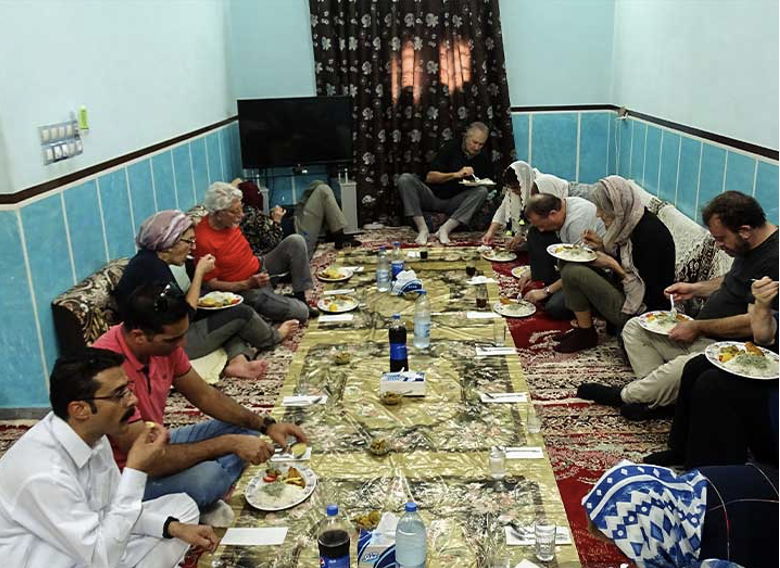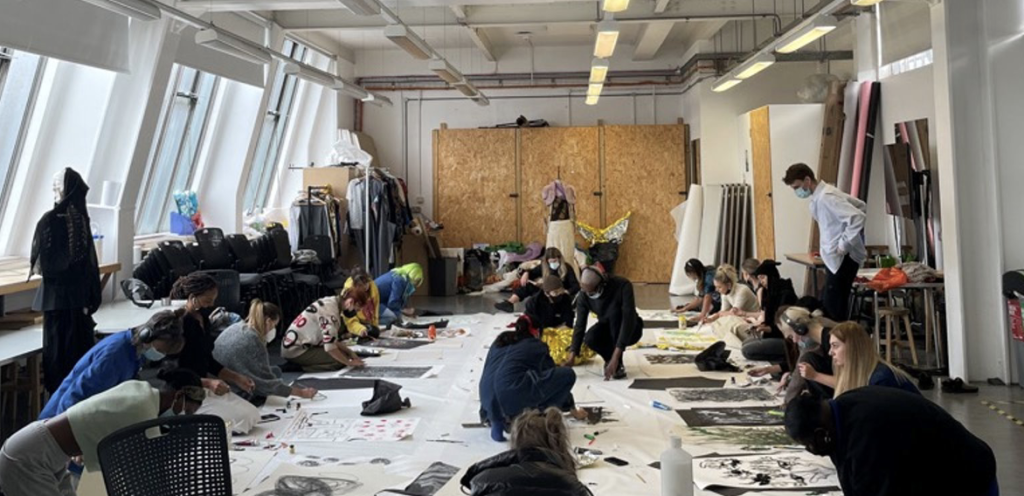Since the 1st PgCert unit (Theories, Policies & Practice) I have been interested in de-colonizing the physical classroom space to create a greater sense of safety and allow for creativity. I have been fascinated by the way a classroom is staged – with tables and chairs for students all pointing to the front, where you see this figure of knowledge, manifested within the physical body of the educator, who often through verbal presentations, will share their knowledge, and disseminate it to the audience and students. The educator often stands, sometimes even on a podium, so is therefor taller and physically higher up, then the students that are sitting below. Visualizing this hierarchy that we see presented in Western higher education – from Kindergarten all the way up to higher education.
I started to reflect on spaces within my own life where I had felt a sense of togetherness, a sense of community, a sense that I was a part of a collective. I connected with memories from my childhood, when we would visit my grand-mothers home, and because there were so many family members, a lot of us would choose to sit on the floor as we eat our meals. In fact, many of us preferred it as it was easier and more comfortable. However, the sensation of being on the floor is something that always stayed with me. I couldn’t quite intellectualise or unpack it, but I remember feeling anchored and rooted.
Intuitively I brought this learning and experience into some of my workshops and sessions where appropriate. In the image shown on the screen I was hosting a workshop called “unlearning traditional practice’ where I created a playlist using different soundtracks, that the students had to listen to, and in-response create marks on the paper, using their hands, arms, hair, feet, any part of the body, alongside any materials they wanted – I had provided pens, paints and chalk. The students fed back that breaking away from the traditional seating structure offered them a sense of freedom and inhibition, which they didn’t otherwise feel in our everyday classroom.

